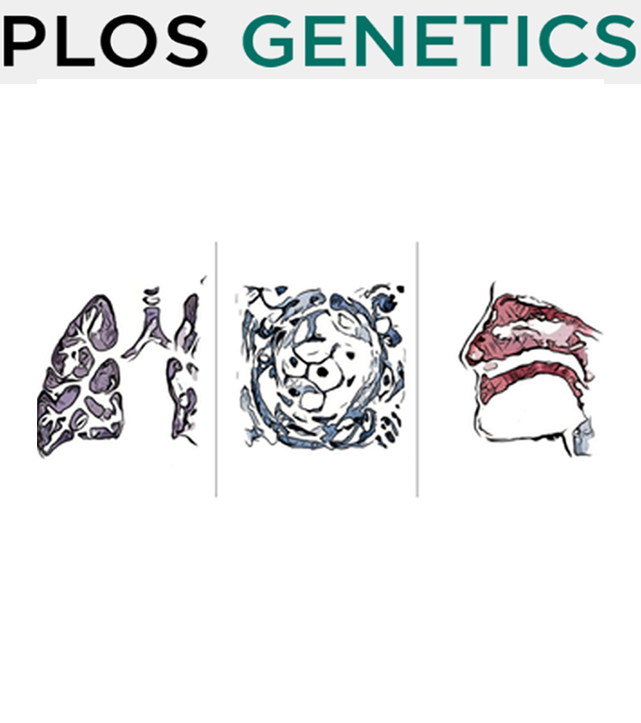- EN - English
- CN - 中文
Parasitoid Wasp Culturing and Assay to Study Parasitoid-induced Reproductive Modifications in Drosophila
寄生蜂培养和测定来研究拟寄生虫诱导的果蝇生殖修饰
发布: 2023年01月05日第13卷第1期 DOI: 10.21769/BioProtoc.4582 浏览次数: 1168
评审: Geoffrey C. Y. LauDURAI SELLEGOUNDERAnand Ramesh PatwardhanAnonymous reviewer(s)
Abstract
In nature, parasitoid wasp infections are a major cause of insect mortality. Parasitoid wasps attack a vast range of insect species to lay their eggs. As a defense, insects evolved survival strategies to protect themselves from parasitoid infection. While a growing number of studies reported both host defensive tactics and parasitoid counter-offensives, we emphasize that this parasite–host relationship presents a unique ecological and evolutionary relevant model that is often challenging to replicate in a laboratory. Although maintaining parasitoid wasp cultures in the laboratory requires meticulous planning and can be labor intensive, a diverse set of wasp species that target many different insect types can be maintained in similar culture conditions. Here, we describe the protocol for culturing parasitoid wasp species on Drosophila larvae and pupae in laboratory conditions. We also detail an egg-laying assay to assess the reproductive modification of Drosophila females in response to parasitoid wasps. This behavioral study is relatively simple and easily adaptable to study environmental or genetic influences on egg-laying, a readout for female germline development. Neither the parasitoid culture conditions or the behavioral assay require special supplies or equipment, making them a powerful and versatile approach in research or teaching laboratory settings.
Graphical abstract

Background
Parasitoid wasps attack the Drosophila genus with an infection rate of 90% in the natural population (Fleury et al., 2004). Depending on the species, wasps lay their eggs in the developing stages of fruit fly larvae or pupae. If the parasitized host fails to encapsulate the newly injected parasitoid egg, these developing eggs hatch into larval wasps that devour the fly progeny innards before emerging from a Drosophila pupal case. After mating, the adult female parasitoid searches for a new host and thus begins the parasitoid life cycle (Carton and Nappi, 1997).
Drosophila have evolved various defensive behavioral and cellular strategies to reduce the risk of parasitoid infection. For instance, while fly larvae display a rolling response (Hwang et al., 2007; Robertson et al., 2013) and parasitoid avoidance behavior to escape the wasp attack (Ebrahim et al., 2015), Drosophila adults show accelerated mating behavior (Ebrahim et al., 2021), avoidance response (Ebrahim et al., 2015), oviposition depression (Lynch et al., 2016; Sadanandappa et al., 2021), and ethanol-seeking behavior (Kacsoh et al., 2013; Kacsoh et al., 2015) in the presence of parasitoids. These host defensive strategies lead to parasitoid’s counter-offensive tactics, resulting in more substantial selection pressure on the host. In the wild, both the host and the parasitoid seem to be locked in a perpetual arms race to best one another's newly evolved adaptations (Wertheim, 2022). Beyond the ecological and evolutionary perspective, studying host–parasitoid biology in the laboratory is significant in economic value. Since parasitoids are used in the biocontrol of fruit flies and other insects, understanding the strategies employed by parasitoid wasps helps to reduce agricultural loss by pests.
Compared to Drosophila , parasitoid wasps culturing in the laboratory can be labor intensive and demands careful planning and gentle handling of the wasps (Small et al., 2012). Here, we provide the step-by-step procedure for culturing parasitoid wasp species—Leptopilina and Trichopria—on Drosophila larvae and pupae, respectively, in laboratory conditions that already exist in a typical fruit fly research or teaching laboratory. Once established, the maintenance and scaling up to larger productions of the parasitoid cultures do not present significant challenges; optimized culture conditions are generally transferable to many parasitoid species. We also summarize the egg-laying assay used by Sadanandappa et al. (2021) to study the parasitoid-induced reproductive modifications in female fruit flies and discuss the adaptability of this behavioral prototype to examine the influence of environmental and genetic factors in germline development.
Materials and Reagents
Narrow Drosophila vials (Genesee Scientific, catalog number: 32-116SB)
Flugs® narrow plastic vials (Genesee Scientific, catalog number: 49-102)
Square bottom Drosophila bottle (Genesee Scientific, catalog number: 32-130)
Flugs® plastic fly bottles (Genesee Scientific, catalog number: 49-100)
Round synthetic paintbrush (Lowell hillcrest, size 4/0 or 3/0)
KimtechTM science kimwipes (Kimberly-Clark Professional, catalog number: 34155, 4.4” × 8.4”)
Cheesecloth (Genesee Scientific, catalog number: 53-100)
Host cultures: larvae and pupae of Drosophila melanogaster (strain Canton S, Bloomington Stock Center)
Larval parasitoid wasps: Leptopilina boulardi (strain Lb17) or L. heterotoma (strain Lh14) (obtained from Todd Schlenke’s laboratory at the University of Arizona)
Pupal parasitoid wasp: Trichopria drosophilae (strain Trical) (from Todd Schlenke’s laboratory)
Raw and unfiltered honey (Nature Nate’s Honey Co.)
Industrial grade carbon dioxide (CO2) (Airgas, an Air Liquide company)
Fly morgue (glass beaker containing Wescodyne® Plus diluted in water and plastic funnel)
Ethanol, 70%, laboratory grade
Drosophila medium (cornmeal molasses yeast medium) (see Recipes)
Gelidium agar (MoorAgar, catalog number: 41076)
Yeast (Phileo by Lesaffre, catalog number: 73050 SafPro Relax+YF)
Corn (MP Biomedicals, catalog number: 0290141180)
Molasses (Reinhart Foodservice, catalog number: DW816)
Propionic acid (Fisher Scientific, catalog number: A258-500)
Methyl 4-hydrobenzoate (NIPAGIN) (Sigma-Aldrich, catalog number: H5501)
Equipment
Stereomicroscope (Zeiss, model: Stemi 2000)
Fiber optic light source (Fisher Scientific, model: LaxcoTM PIFOS150IB)
Incubator with controlled temperature (25 °C), humidity (60%), and 12:12 h light/dark cycles (Percival Scientific, model: DR41VL)
Fly room with controlled temperature (25 °C), humidity (60%), and 12:12 h light/dark cycles
Fly pad, CO2 anesthetizing apparatus (Genesee Scientific, catalog number: 59-119)
Software
Prism 9 (GraphPad Software, LLC, San Diego, CA, https://www.graphpad.com)
OriginPro (OriginLab Corporation, Northampton, MA, https://www.originlab.com)
BioRender (BioRender, https://biorender.com)
Procedure
文章信息
版权信息
© 2023 The Authors; exclusive licensee Bio-protocol LLC.
如何引用
Sadanandappa, M. K., Sathyanarayana, S. H. and Bosco, G. (2023). Parasitoid Wasp Culturing and Assay to Study Parasitoid-induced Reproductive Modifications in Drosophila. Bio-protocol 13(1): e4582. DOI: 10.21769/BioProtoc.4582.
分类
神经科学 > 行为神经科学
生物科学 > 生物技术
您对这篇实验方法有问题吗?
在此处发布您的问题,我们将邀请本文作者来回答。同时,我们会将您的问题发布到Bio-protocol Exchange,以便寻求社区成员的帮助。
提问指南
+ 问题描述
写下详细的问题描述,包括所有有助于他人回答您问题的信息(例如实验过程、条件和相关图像等)。
Share
Bluesky
X
Copy link










